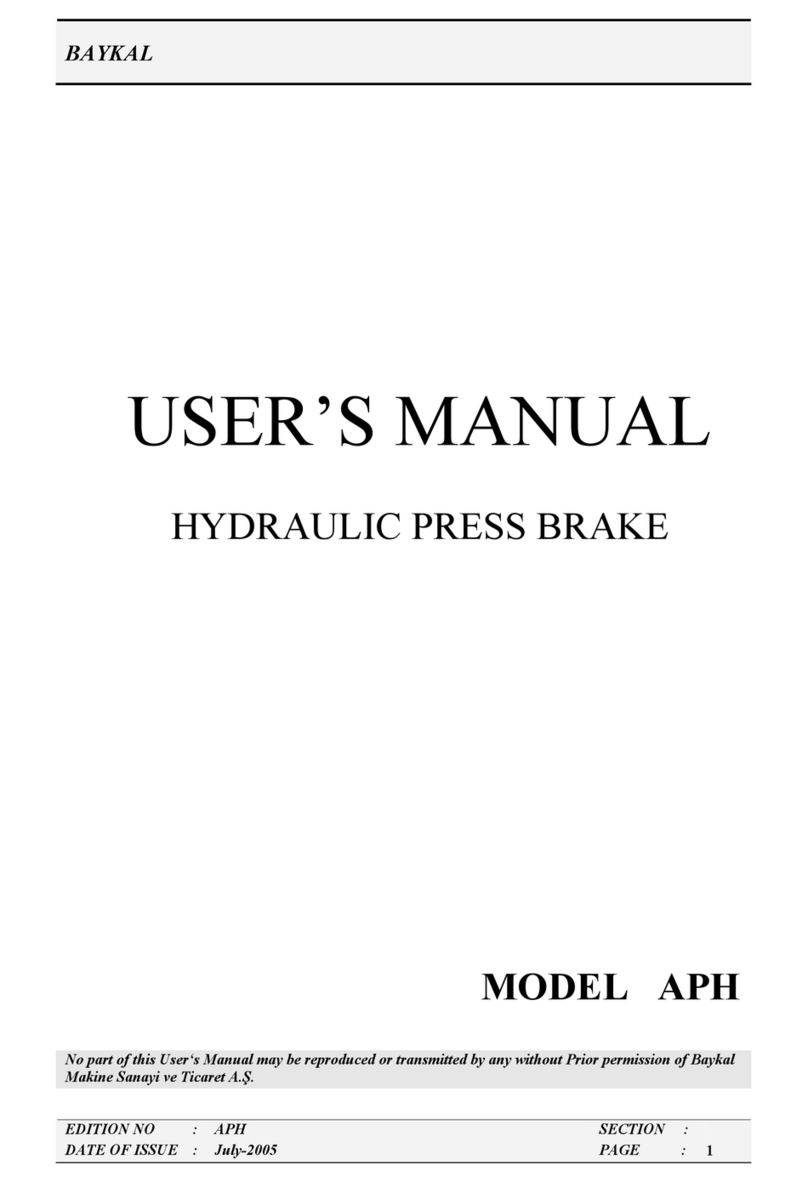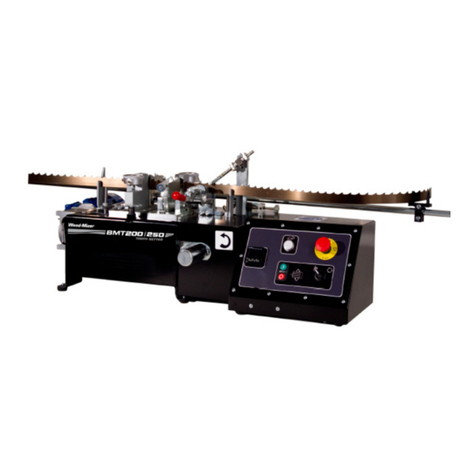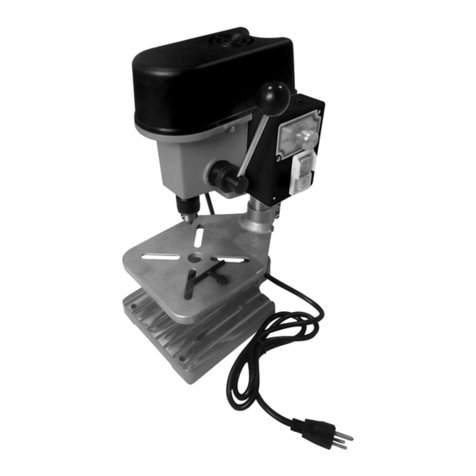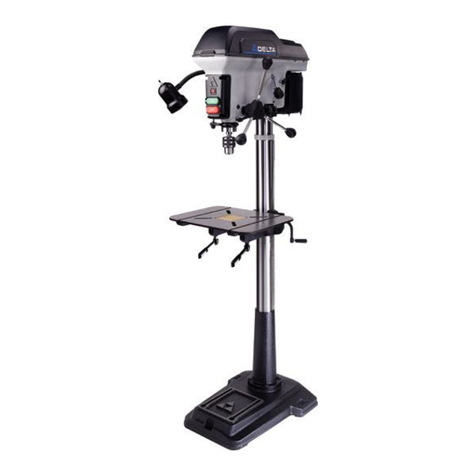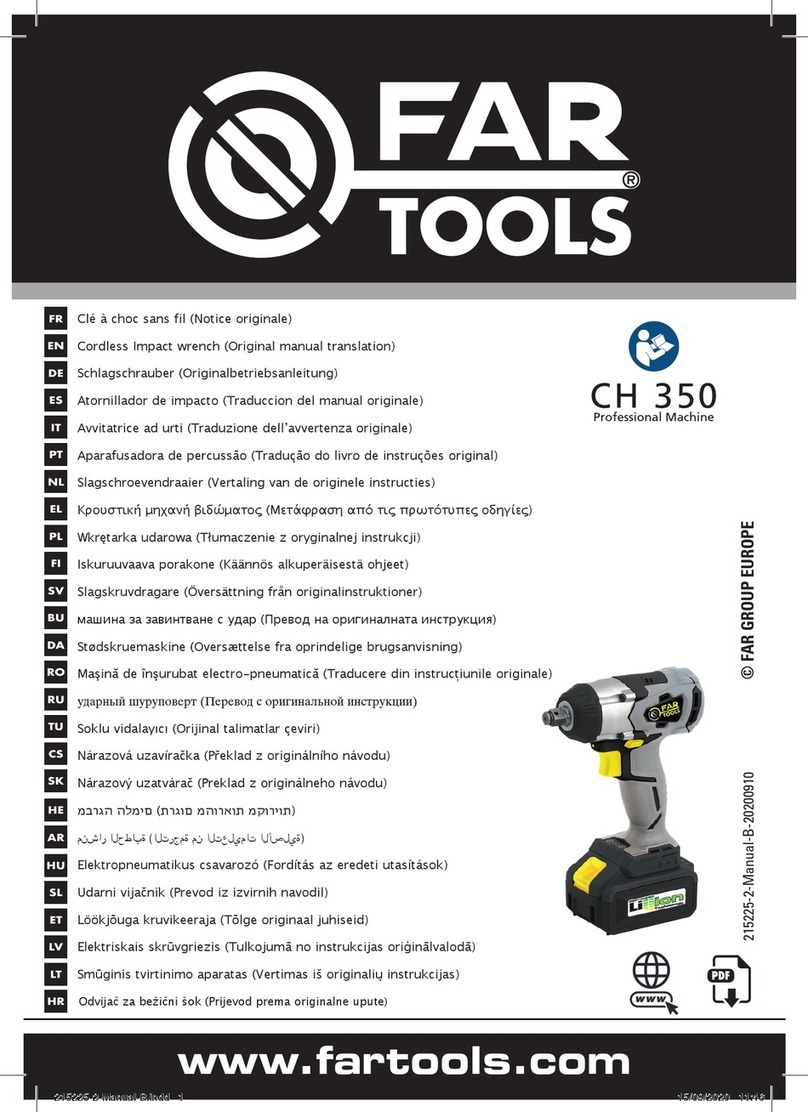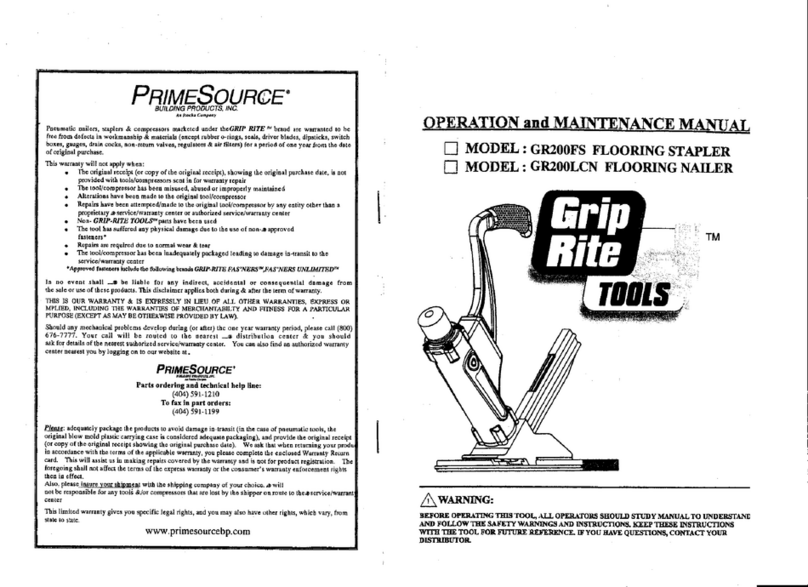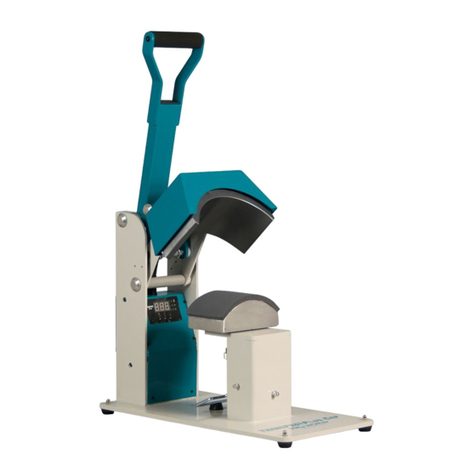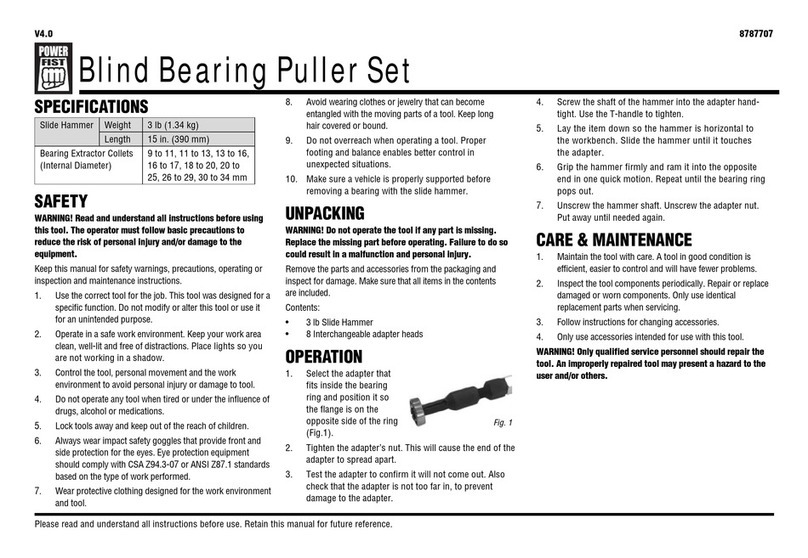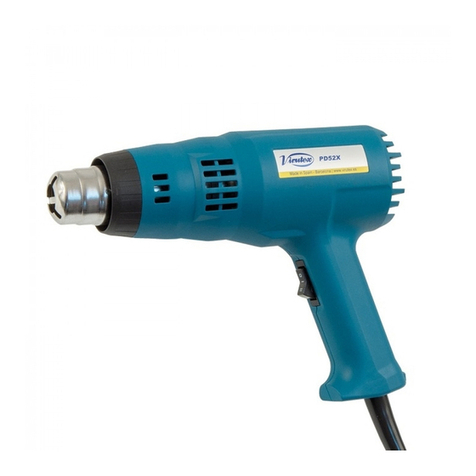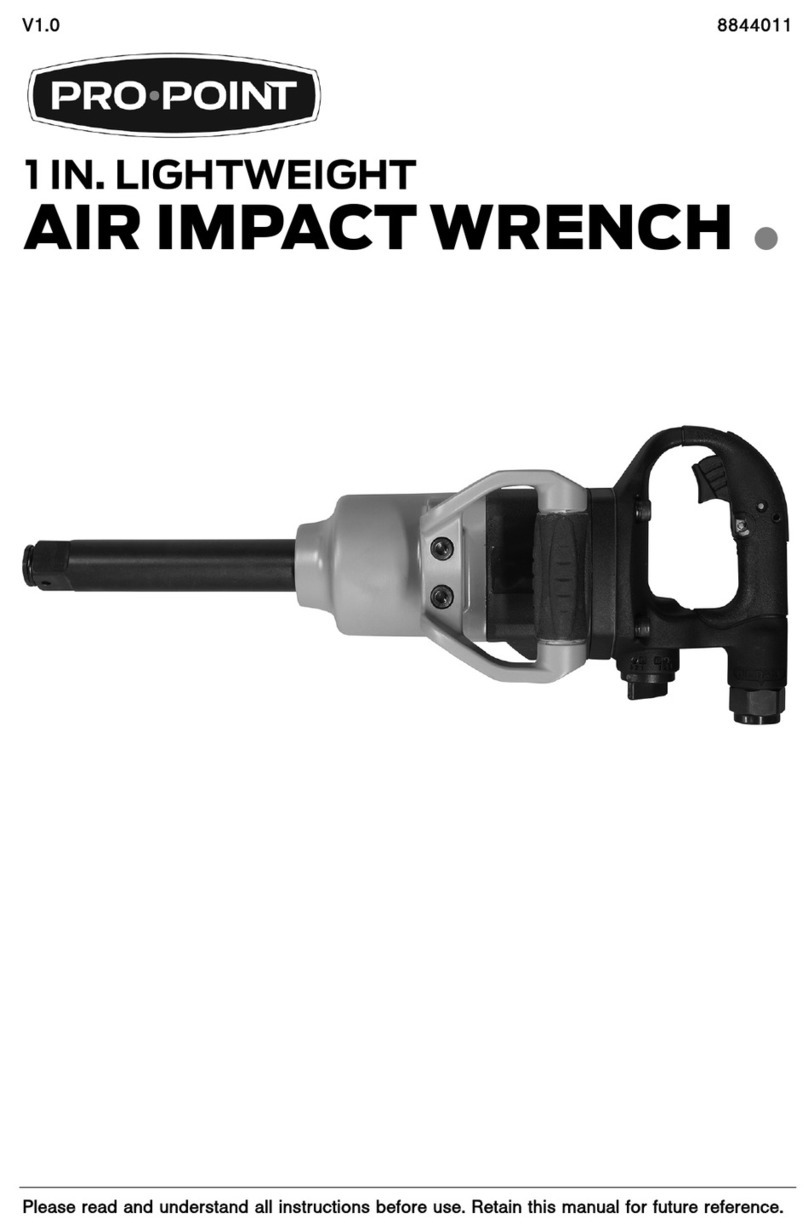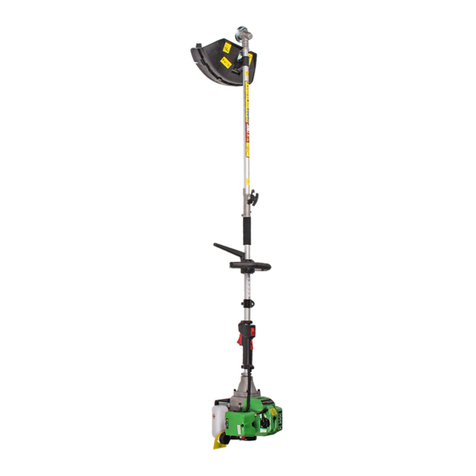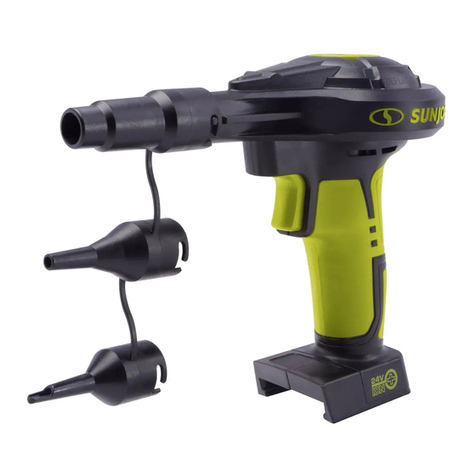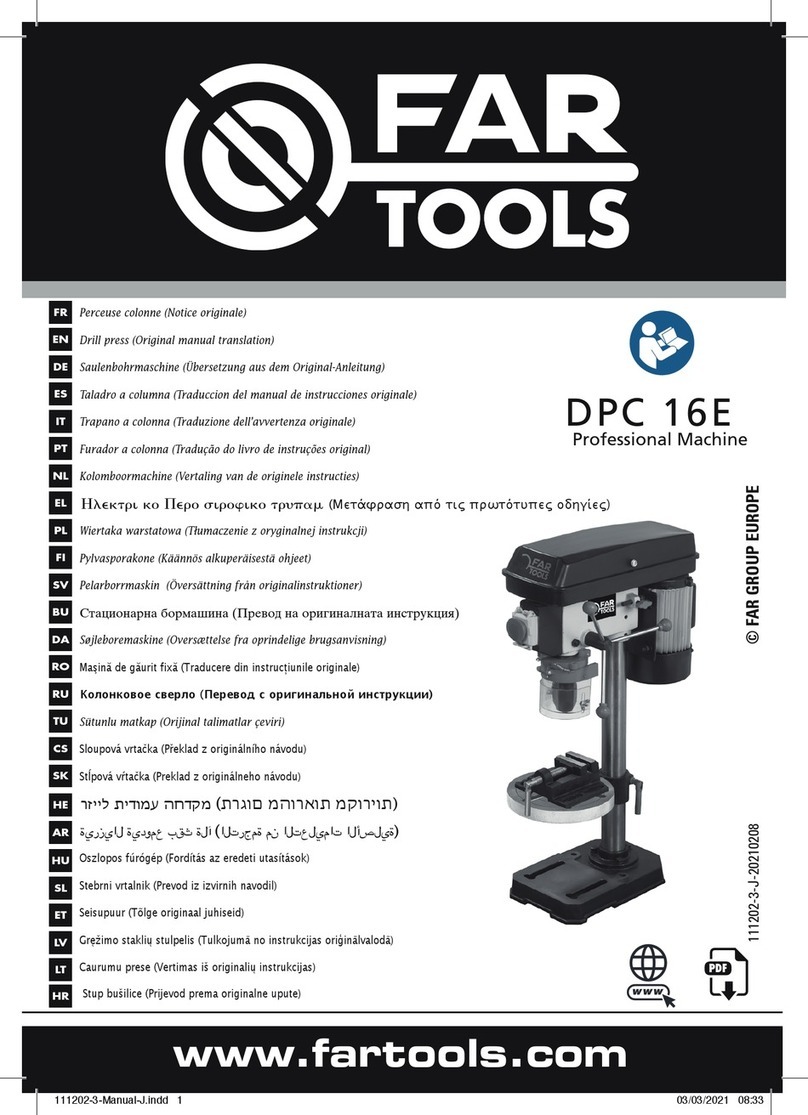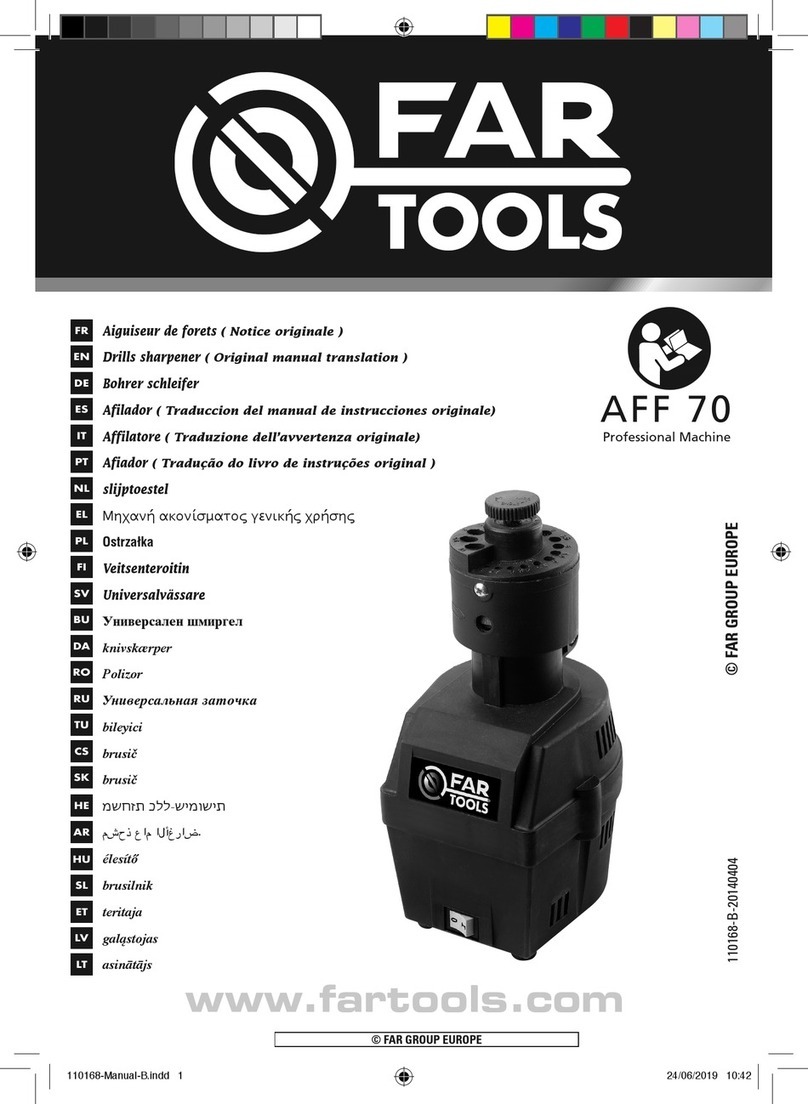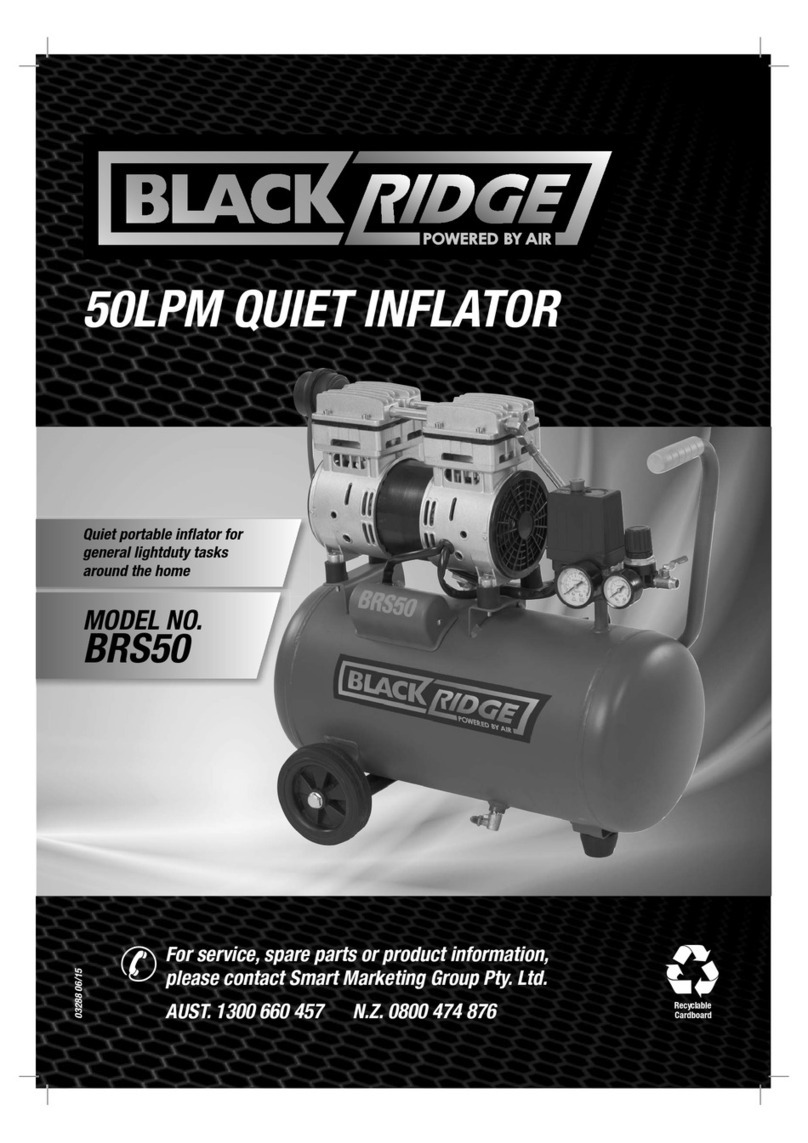BAYKAL HGL C Series User manual

BAYKAL
EDITION NO : HGL SECTION :
DATE OF ISSUE : November 2009 PAGE : 1
USER′MANUAL
HYDRAULIC SHEAR
MODEL HGL
Machine Types: HGL CXXXXX-Xxx
HGL SXX0XX-Xxx
No part of this User‘s Manual may be reproduced or transmitted by any without Prior permission of Baykal
Makine Sanayi ve Ticaret A..

BAYKAL
EDITION NO : HGL SECTION :
DATE OF ISSUE : November 2009 PAGE : 2
MACHINE TYPE DESCRIPTION
STANDARD SUPPLY
VOLTAGE
BACK GAUGE
CONTROLLER
BAKCSIDE
SAFETY
BLADE GAP
ADJUSTMENT
SYSTEM
HYDRAULIC
BLOCK ACCESSORIES
HGL X X X X X X ---- XXX
C – CE
S – STAND.
1 – 220
2 – 230
3 – 240
4 – 400
5 – 415
6 – 440
7 – 480
8 – 600
9 – 220/400
1 – PRG 911
2 - ELGO 9521
3 – S3
0 – NO SAFETY
1 – LE 20
(SICK)
2 - PHOTOCELL
1 – MANUAL
2 - MOTORIZED 1 – BOSH
2 – REXTROTH
3 – BOSH –
REXTROTH
1 – PNEUMATIC
A - Type
B – Type
2- REMOVEBALE
FINGER
PROTECTION
!
NOTE:
In order to SEE THE TYPE OF YOUR MACHINE, please
see the electric circuit diagram in APPENDIX C. It is written
in the left bottom side of the diagram.

BAYKAL
EDITION NO : HGL SECTION :
DATE OF ISSUE : November 2009 PAGE : 3
!
ATTENTION
PUMP ROTATION MUST BE IN
ARROW DIRECTION,
OTHERWISE
THE PUMP WILL BE DAMAGED

BAYKAL
EDITION NO : HGL SECTION :
DATE OF ISSUE : November 2009 PAGE : 4
INFORMATION AND WARNING LABELS
DESIGNATION PLATE
CE CONFIRMATION DANGER:
ELECTRIC SHOCK
GROUND LUBRICATION PUMP ROTATION
POINT
DESIGNATION PLATE
Manufacturer BAYKAL Mak. San. Tic. A..
Bursa / TÜRKYE
Machine Hydraulic Shear
Type HGL
Model
Serial No
Cutting Capacity ton
Cutting length mm
Main voltage V/Hz/Ph
Motor Power kW
System Pressure bar
Stroke per minute mm
Machine weight kg
Length mm
Width mm
Height mm

BAYKAL
EDITION NO : HGL SECTION :
DATE OF ISSUE : November 2009 PAGE : 5
C O N T E N T S:
1. GENERAL MACHINE INFORMATION
1.1. Registered trademark
1.2. Machine type
1.3. Serial number
1.4. Year of manufacturer
1.5. Address of the manufacturer
1.6. Address of the authorized dealer
2. IMPORTANT INFORMATION
2.1. Safety features of your shear
2.2. Important safety information & instructions
2.3. Noise Measurement
3. OVERALL DRAWING OF THE MACHINE
4. LIFTING & TRANSPORTATION
5. UNPACKING & INSTALLATION
6. OPERATING AND MAINTENANCE INSTRUCTIONS
6.1. Technical data
6.2. Description of shear applications
6.3. Prohibited uses of the shear
6.4. Incorrect uses of the shear
6.5. Using the shear
6.6. Maintenance and inspection
6.7. Troubleshooting
6.8. Conditions of storage, re-utilization and scrapping
7. LUBRICATION CHART
APPENDIX
A. SPARE PARTS LIST
B. HYDRAULIC CIRCUIT DIAGRAM
C. ELECTRIC CIRCUIT DIAGRAM
D. DIGITAL CONTROLLER PARAMETER
E. FREQUENCY INVERTER PARAMETERS
ADDITIONAL MANUALS
A. DIGITAL CONTROLLER MANUAL (to control backgauge)
B. DIGITAL CONTROLLER MANUAL (for motorized blade gap
adjustment)
(optional)

BAYKAL
EDITION NO : HGL SECTION :
DATE OF ISSUE : November 2009 PAGE : 6
1. GENERAL MACHINE INFORMATION
1.1.
Registered trademark
: BAYKAL
1.2. Machine type
: HGL
1.3. Serial number :
1.4.
Year of manufacture
:
1.5.
Address of manufacturer:
1.6. Address of the authorized dealer:

BAYKAL
EDITION NO : HGL SECTION :
DATE OF ISSUE : November 2009 PAGE : 7
2. IMPORTANT INFORMATION
2.1. Safety features of your shear:
•
The electrical and hydraulic circuits of your shear are designed to allow
operation with maximum safety. The following precautions are available on
the machine for enhanced safety.
•
Emergency stop buttons (engaging type) are available on the electrical
cabinet, on the foot switch control unit and on the right-hand side of the
upper frame of the machine, all of which are easily accessible.
Figure 2.1
•
When the foot-switch is released in case of an emergency, the cutting beam
will retract automatically by design of the shear.
•
To prevent operator or other persons from accidental contact with cutting
blades or holddowns, a finger protection grid is fitted in front of the machine
alongside the blade length.

BAYKAL
EDITION NO : HGL SECTION :
DATE OF ISSUE : November 2009 PAGE : 8
Figure 2.3
•
The cylinder and piston group is located inside the frame of the machine by
design to avoid any damage to operator or other persons within vicinity of
the shear.
•
The lifting springs of the top beam are covered by fixed cover plates
•
In case of a power supply failure during operation, the beam will stop at a
standstill. When power supply is recovered, it is NOT possible to start the
machine without resetting.
Figure 2.2
•
The rear of the shear is covered by a photocell operated fence system against
any careless access into the back-gauge area. If the light from sensor to
reflector is cut for any reason when the cutting beam is down-stroking, the
beam will stop at a standstill. If the light from sensor to reflector is cut for
any reason before operation, the machine will be inactive.

BAYKAL
EDITION NO : HGL SECTION :
DATE OF ISSUE : November 2009 PAGE : 9
The plate (a) and grid (b) are used to protect the operator from accidental
contact while the cutting beam is moving upward and downward
(b)
(b)
(a)

BAYKAL
EDITION NO : HGL SECTION :
DATE OF ISSUE : November 2009 PAGE : 10
2.2. Important safety information & instructions:
1.
The machine must NOT be operated before reading this User‘s Manual.
Operate the machine only if it is in a perfect condition and in accordance with
the work regulations of your factory and operating instructions of this manual.
2.
TRANSPORTATION
!
The lifting points are shown in the Lifting Diagram attached. The dimensions
and the weight of the machine are given in section 6.1.1.of this manual.
3.
INSTALLATION
!
The shear is delivered in complete assembled execution. It must be leveled and
firmly stationed on the floor where it is to be used, according to the Installation
Diagram attached. Indoor installation and a dry working environment without
danger of fire and explosion is necessary.
!
The permissible floor load, where the machine
is to be installed, must be accounted for.
4.
The machine must be operated only by authorized and trained personnel.
Operation by unauthorized and untrained Personnel in a way that does not
comply with the instructions and regulations may lead to dangerous situations
and is strictly FORBIDDEN.
5. In case of any emergency, push the emergency stop buttons and follow the
emergency rules of your factory.
6.
The shear is designed that it can be operated by a single operator. Using the
machine with more than one operator is forbidden, except for certain
maintenance situations. (See Section 6.6.)
7. The following instructions must be born in mind and be adhered
to for safe operation and maintenance of your shear :
!
This shear is designed for cutting only within the meaning
of section 6.2. of this manual regarding shear applications.
Prohibited uses of the machine are dealt with in section
6.3. of this manual.
!
DO NOT remove the
″
finger protection grid
″
in front of the
machine under any circumstances while the machine is in an
operational mode.

BAYKAL
EDITION NO : HGL SECTION :
DATE OF ISSUE : November 2009 PAGE : 11
!
DO NOT operate the machine without proper blade gap adjustment
according to sheet thickness.
(See section 6.5.5.)
!
DO NOT use cutting blades which are excessively blunted.
!
Check the machine daily for recognizable external damages and
defects.
!
Operate the machine only if all protective devices and guarding are
mounted and effective.
!
Take notice of any warning labels on the machine and do not
remove them.
!
In case of malfunction, immediately shut down and secure the
machine. All troubles must be eliminated before re-starting.
!
Avoid any operation which may endanger other persons and
immediately shut down the machine when a danger is noticed.
!
Shut off the machine completely before any repair work is carried
out.
!
DO NOT access into the backgauge area, while the machine is
working.
!
DO NOT bridge the safety limit switch of the rear protective fence.
!
DO NOT use side squaring arm and front support arms for
intermediate storage of workpieces.
!
During the shearing process, the workpiece may slide or move
unexpectedly. Therefore, the material must be handled carefully.
!
All connecting bolts on the machine must be checked periodically
and be re-tightened if necessary.
!
DO NOT change the default settings of the hydraulic valves.
!
When changing oil the illustration in Figure 1 of this manual must
be referred to. Make sure that dirty filters are disposed separately.
!
The operating temperature range of the oil is : (10
°
C - 65
°
C )

BAYKAL
EDITION NO : HGL SECTION :
DATE OF ISSUE : November 2009 PAGE : 12
!
Any fire in the electric control system must be quenched using a
CO²
fire extinguisher.
!
Any burning oil must be quenched using a CO²
or powder
extinguisher.
!
All regulations concerning surface facilities designed for the use of
water polluting liquids must be observed in operation and
maintenance of this shear.
!
All environmental regulations effective must be observed in use of
this shear.
8.
In the operation of the shear no special personal safety equipment is necessary.
It is however recommended to use working gloves when handling the work-
pieces.
9. General maintenance of the shear can be carried out by universal tools and
equipment while the machine is at a standstill.
10.
The manufacturer is free of any responsibility in case of any unapproved
modifications made on the machine and/or any replacement of the original
safety and protective devices by unoriginal ones.
11. The machine is to be serviced and/or be repaired only by the authorized
personnel of Baykal or its appointed representatives.
2.3. Noise measurement:
The sound pressure level of the shear at operator ′s working position is under 70
dB(A).

BAYKAL
EDITION NO : HGL SECTION :
DATE OF ISSUE : November 2009 PAGE : 13
3. OVERALL DRAWING
Mak. Tip A A1 B B1 B2 B3 C
HGL 2600X6 2760 3190 1260 1200 1740 2940 1560
HGL 3100X6 3260 3740 1320 1200 1800 3000 1576
HGL 3100X8 3305 3735 1450 1200 1930 3130 1650
HGL 3700X6 3965 4395 1450 1200 1930 3130 1650
HGL 4100X6 4305 4735 1560 1200 1990 3190 1750

BAYKAL
EDITION NO : HGL SECTION :
DATE OF ISSUE : November 2009 PAGE : 14
4.
LIFTING & TRANSPORTATION
!
The machine must be handled with extreme caution when lifting and
installing to prevent it from inclining forward, or even falling down.
!
Make sure that the machine is not subjected to impact during
loading or unloading.
!
The crane to lift the machine must be controlled by a single
operator.
The following points should be taken into account:
•
The lifting points are illustrated in the Lifting Diagram attached. The
dimensions and the weight of the machine are given in section 6.1.1.of this
manual.
•
Make sure that the lifting rope or chain has sufficient capacity for the lifting
operation.

BAYKAL
EDITION NO : HGL SECTION :
DATE OF ISSUE : November 2009 PAGE : 15
Figure 4.1

BAYKAL
EDITION NO : HGL SECTION :
DATE OF ISSUE : November 2009 PAGE : 16
5. UNPACKING & INSTALLATION
•
The shear is packed inside a nylon cover, and is bolted on wooden crates.
!
Prior to installation, dispose nylon and wooden crate separately and safely in
accordance with environmental regulations.
•
After unpacking, check the machine visually against any damage during
transport.
•
Install the machine in an indoor area which is free from humidity and excessive
dust.
!
Make sure that the machine is installed in accordance with the work and
maintenance space indicated in the enclosed Installation Diagram to enable the
operator to visualize the work area without obstruction. Therefore, the hazardous
situations regarding the operator, other
persons, or materials due to incorrect installation will be reduced.
•
To facilitate collection of the sheared material from the rear of the machine,
sufficient space must be provided at the rear and by at least one side of the shear
during installation phase.
•
Floor conditions for installation: Flat and concrete surface (BS 25).
•
Station the machine on the floor by anchorage bolts or steel expansion inserts as
illustrated in the Installation Diagram.
•
Level the machine by using a water level.
•
Mount the side squaring arm and the front support arms as illustrated in the
Installation Diagram.
•
As the top and bottom blades are already fitted, the machine is now ready to
connect to an electricity supply.

BAYKAL
EDITION NO : HGL SECTION :
DATE OF ISSUE : November 2009 PAGE : 17
INSTALLATION DIAGRAM

BAYKAL
EDITION NO : HGL SECTION :
DATE OF ISSUE : November 2009 PAGE : 18
6. OPERATING AND MAINTENANCE INSTRUCTIONS
6.1. Technical Data
6.1.1. Specification:
1. Shearing length
mm
2. Shearing capacity (≤450 ν/mm)
mm
3. Rake angle
°
4. Length
mm
5. Width
mm
6. Height
mm
7. Weight
kg
8. System pressure
kg/cm²
9. Number of holddowns
pcs
10. Strokes per minute
cuts/min
11. Pump flow rate
cm³/rev.
12. Oil tank volume
lt.
13. Back-gauge range
mm
14. Main motor, 3 phase 220V 60Hz
kW
15. Back-gauge, 3 phase 220V 60Hz
kW
6.1.2. Standard Equipment:
•
Electric motor: 220V 60Hz 3phase
•
Top and bottom blades
•
Back-gauge position controller
•
Finger protection grid
•
Side squaring arm
•
Front support arms
•
750 mm. power back-gauge
•
Oil tank level indicator
•
Rear fence guarding (If the machine has CE confirmation)
•
Footswitch

BAYKAL
EDITION NO : HGL SECTION :
DATE OF ISSUE : November 2009 PAGE : 19
6.1.3. List of parts subject to rapid wear:
No. Part name Size specification Qty.
1.
Bottom Blade
-
1
2. Top Blade - 1
3. Piston Seal 2
4.
5
Rod guide ring
Rod guide ring
2
4
6. Holddown Seal 17
7. O-Ring (Holddowns) 17
8.
9.
*10.
O-Ring (Pump-Suction)
O-Ring (Pump-Pressure)
Holddown Bumper
1
1
17
Warning:*Out of warranty
6.1.4. List of bearings and special parts:
No Parta Name Part no / description
Qty. Location on machine
1. Self-aligning roller bearing GE 60 ES 2 Top Beam
2.
Bearing
16006 4 Blade Gap
3.
Bearing
6002 2 Back-Gauge
4.
Bearing
3304 2 Back-Gauge
5.
Bearing
6204 ZZ 2 Back-Gauge
6. Small pulley / belt 1400 H 100 1 Back-Gauge
7. Pulley / belt Z = 14, t = 1/2″2 Back-Gauge
8. Large pulley / belt Z = 60, t = 1/5″1 Back-Gauge
9. Small pulley / belt Z =30, t = 1/5″1 Back-Gauge
10. Small pulley / belt 220 XL 0.62 1 Back-Gauge
11. Digital readout - 1 Back-Gauge

BAYKAL
EDITION NO : HGL SECTION :
DATE OF ISSUE : November 2009 PAGE : 20
6.2. Description of shear applications:
Your shear is designed and constructed for cutting of flat metal material up
to 3060 mm in length and of maximum 6mm thickness in case of (≤450 ν
/mm)steel-plate.
The HGL shear features a box-type construction meaning that there are
no throat gaps on the sides of the machine. The cutting beam movement is
one of ″swinging″type as opposed to ″guillotine″type. The cutting beam is
actuated by two hydraulic cylinders, and retracts by a spring system.
A set of top and bottom blades, which are made of specially hardened steel
material, execute the shearing process. The gap between blades varies
according to workpiece thickness and this procedure is further explained in
section 6.5.5. of this manual. Blade gap adjustment is a very important part
of the shearing process as it directly affects the quality of the cut, and the
correct use of your machine.
The HGL shear is designed for feeding material from the front of the
machine. A front squaring-arm is available to assist in guiding and squaring
the material to the blade.
The back-gauge system provides the means to position material under the
cutting blade at a predetermined distance.
This manual suits for next models
1
Table of contents
Other BAYKAL Power Tools manuals
